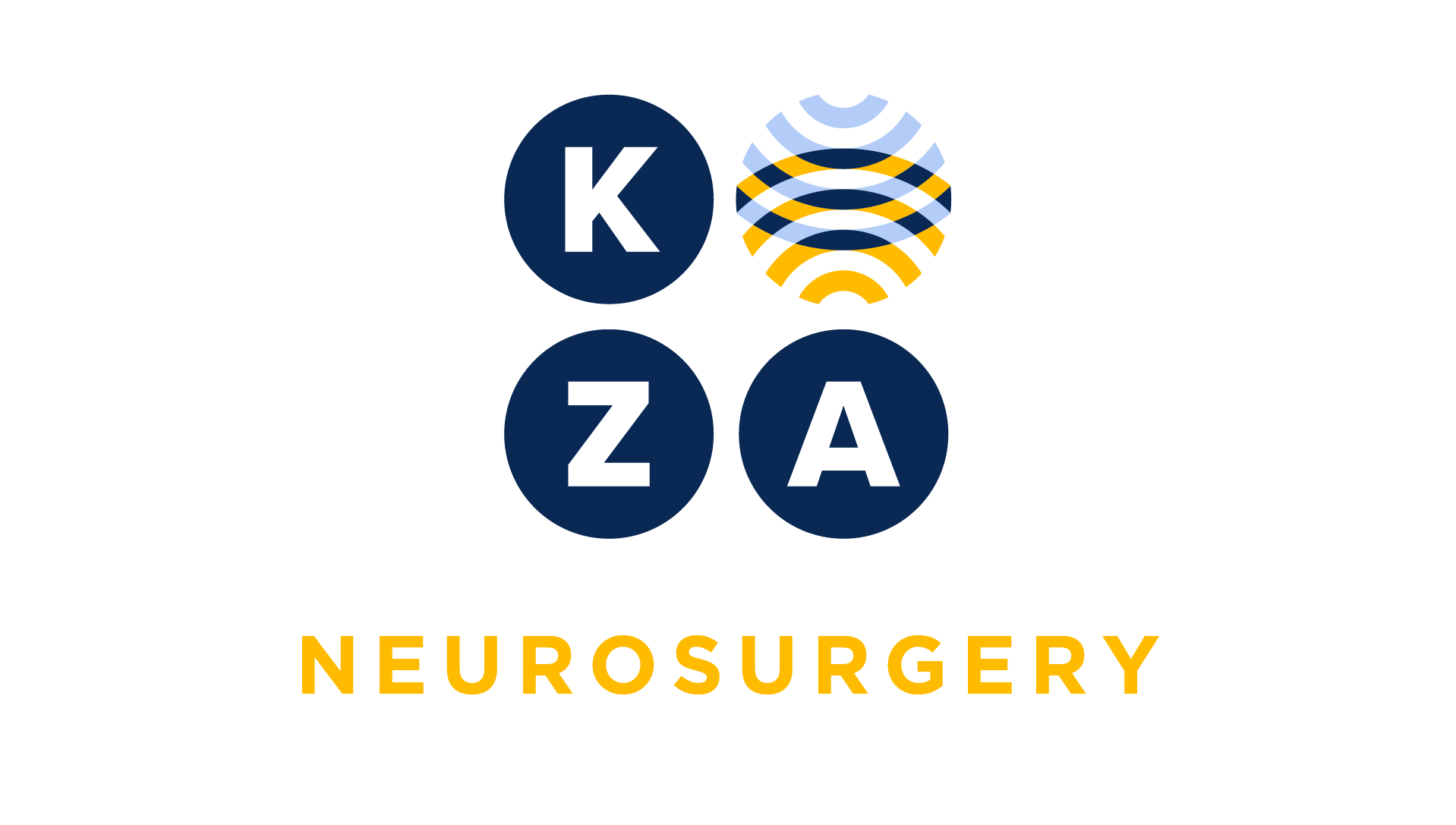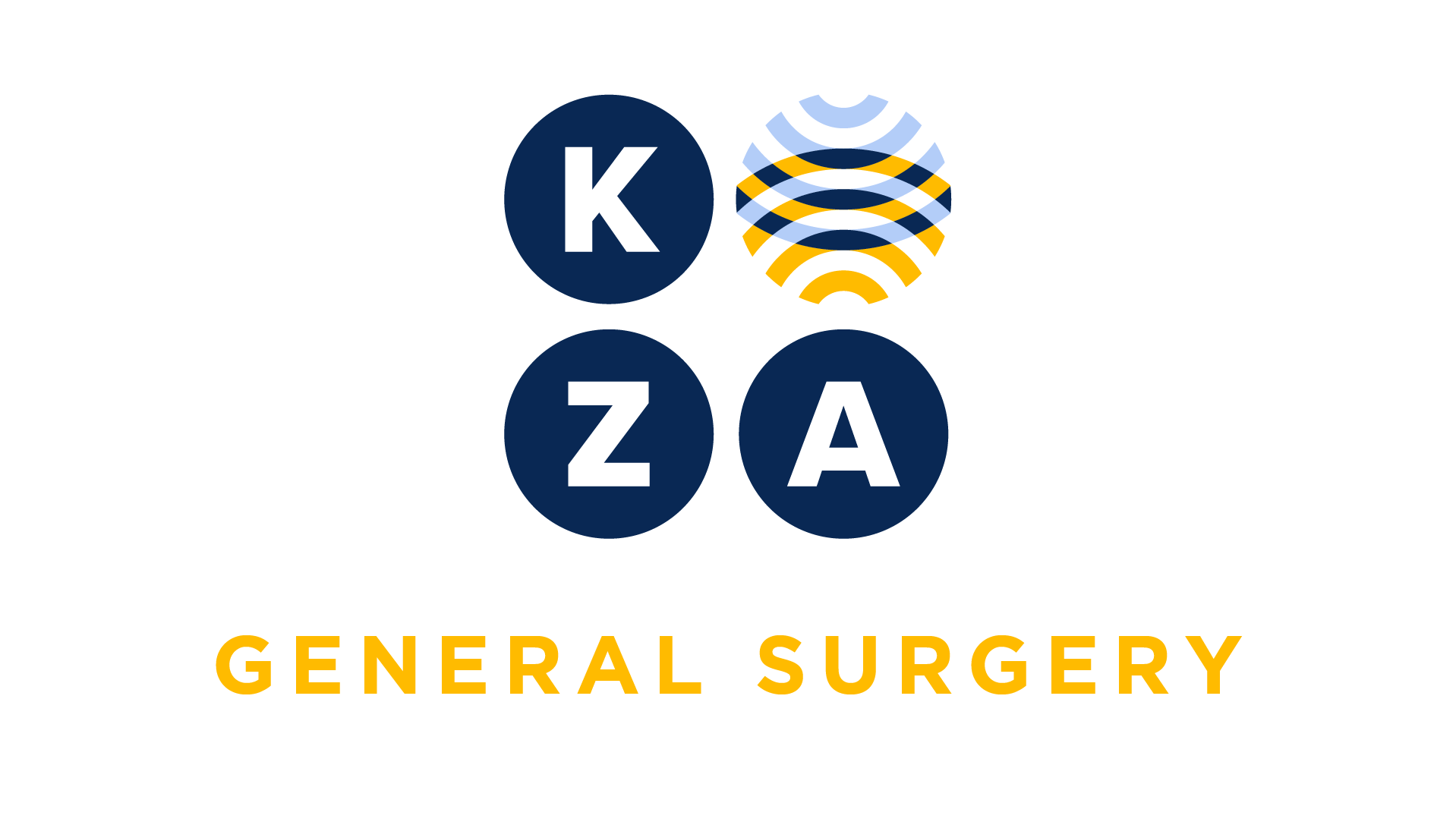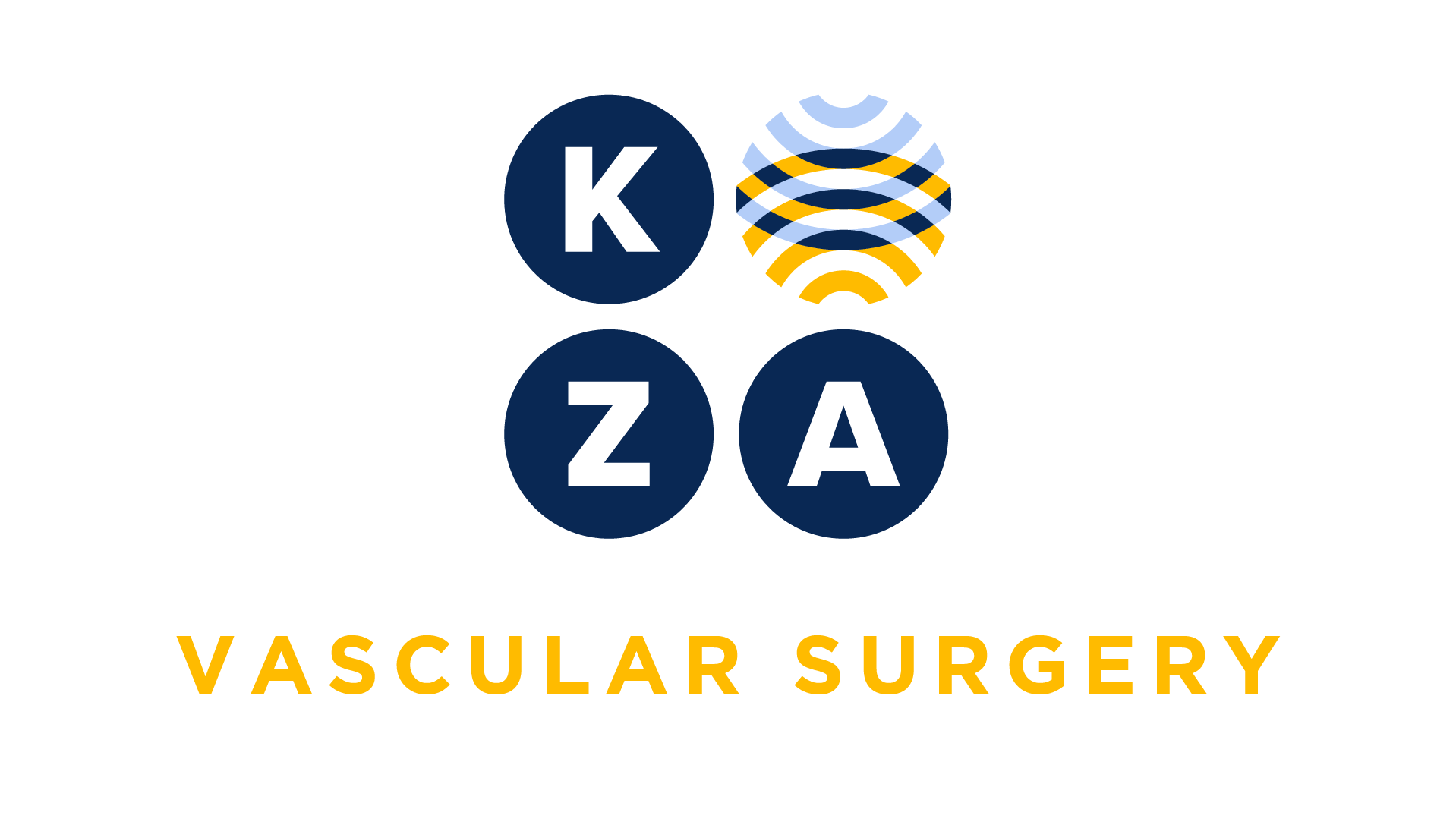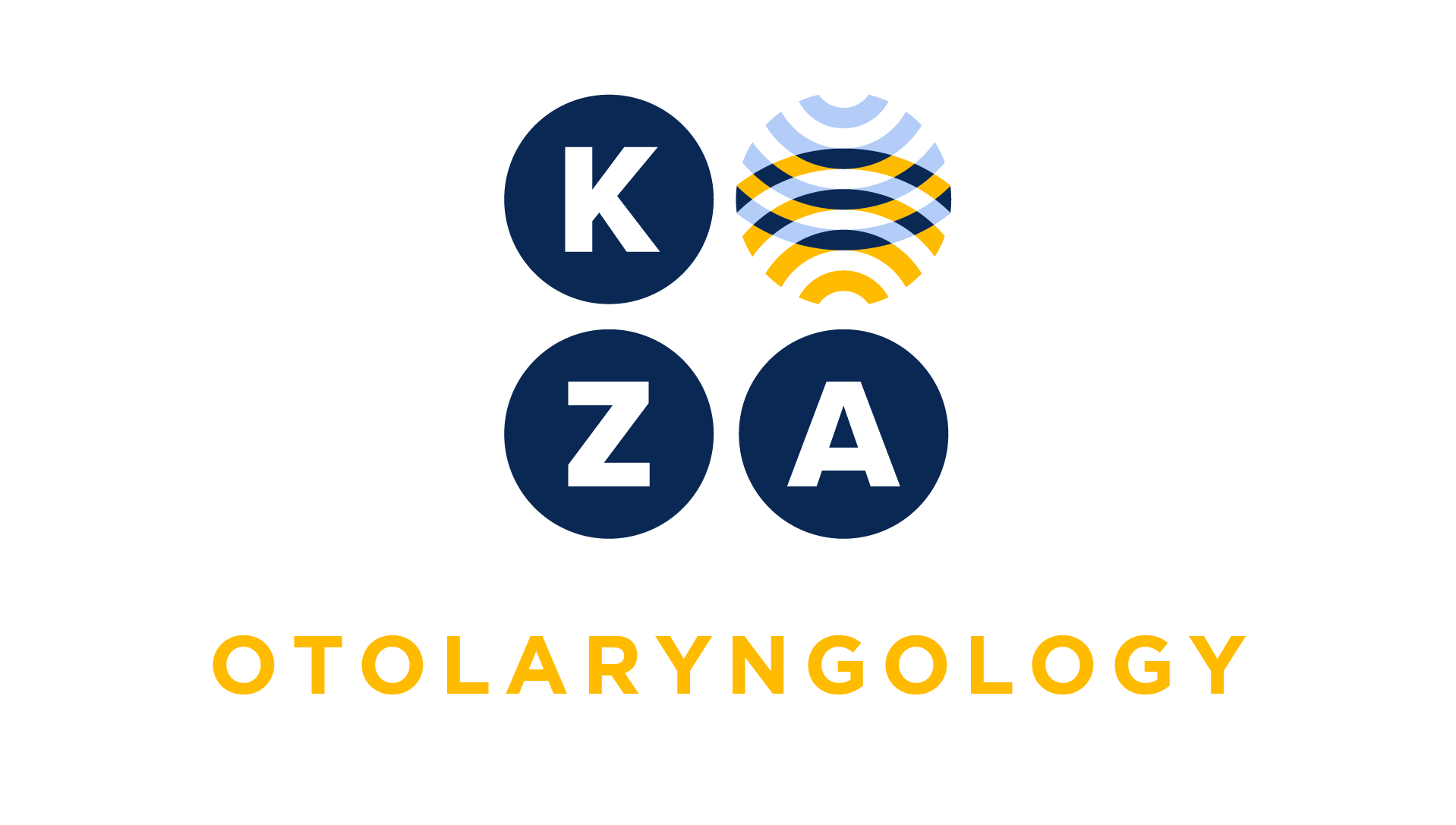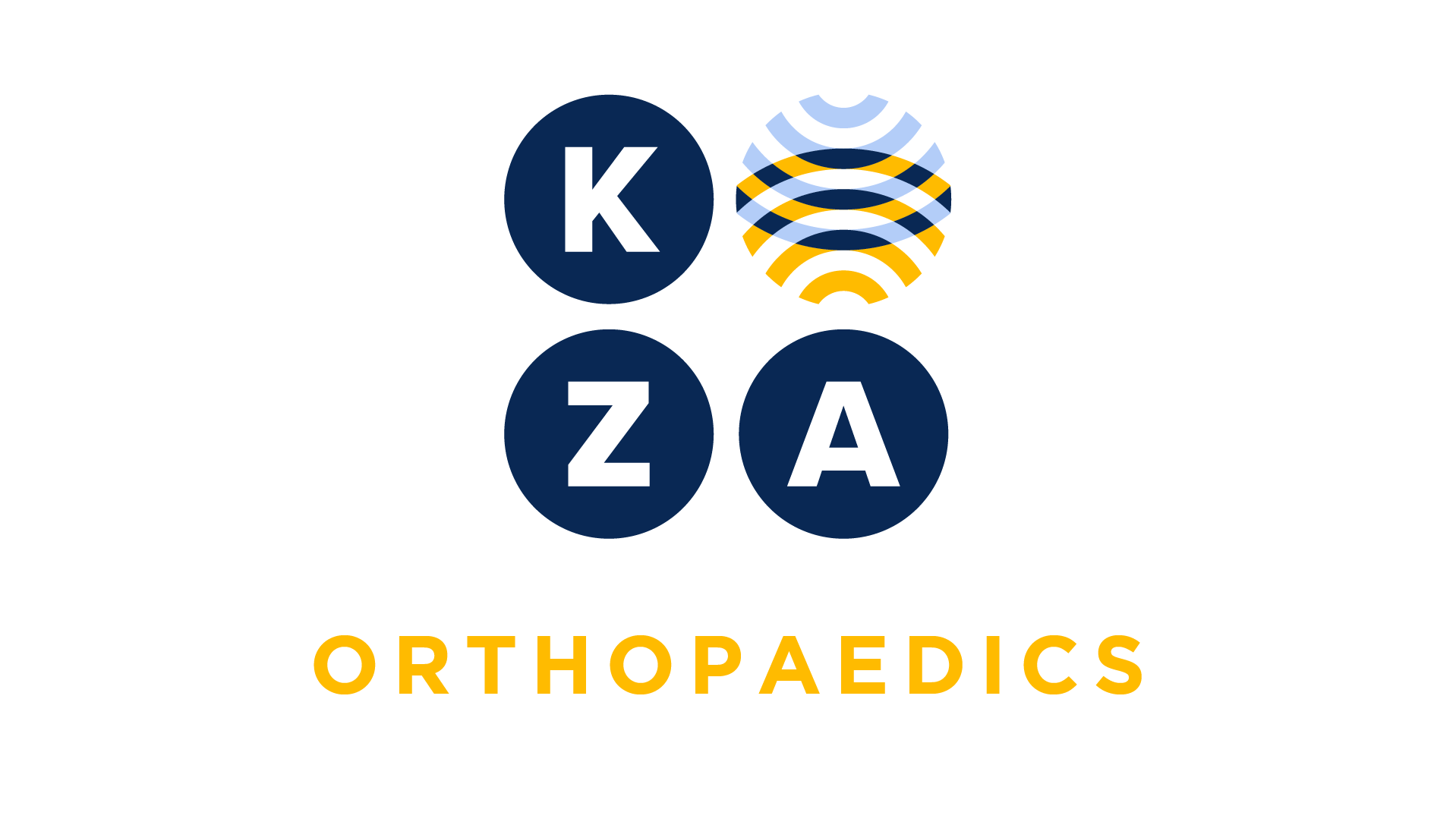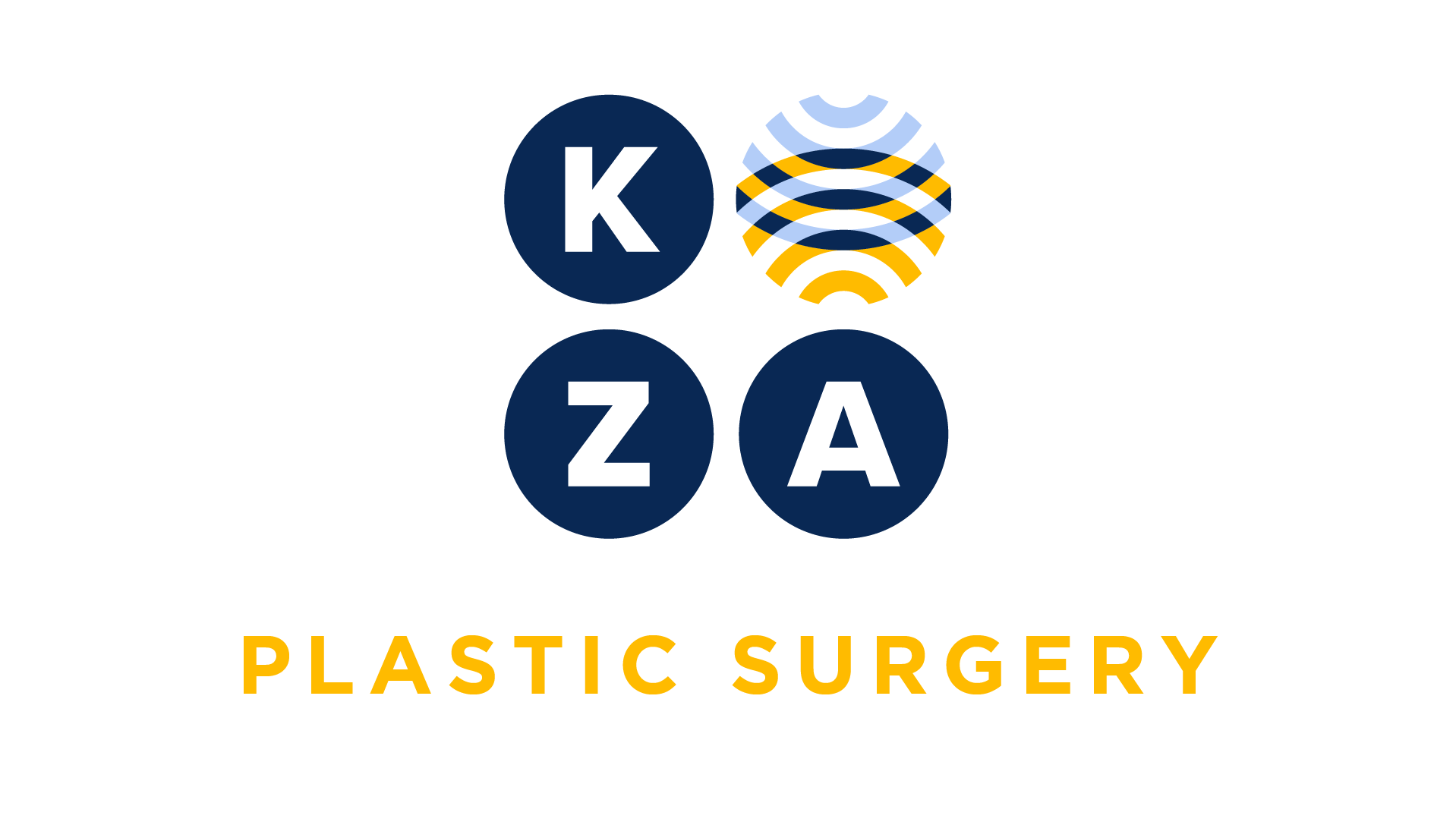
Choose your specialty from the list below to see how our experts have tackled a wide range of client questions.
Looking for something specific? Utilize our search feature by typing in a key word!
Laser Interstitial Thermal Therapy (LITT) Coding
When using LITT treatment, can theneuronavigationand headframe placement be billed separately?
Question:
When using LITT treatment, can theneuronavigationand headframe placement be billed separately?
Answer:
No, neuronavigation, 61781 and headframe placement, 20660 are included and may not be billed separately.
*This response is based on the best information available as of 04/27/23.
Reporting a Cholecystectomy and an Umbilical Hernia at the Same Operative Session
If a patient undergoes an open cholecystectomy and has a reducible umbilical hernia repaired during the same operative session, through separate incisions, can both be reported?
Question:
If a patient undergoes an open cholecystectomy and has a reducible umbilical hernia repaired during the same operative session, through separate incisions, can both be reported?
Answer:
Yes, if both procedures were performed through separate incisions both may be reported. Conversely, if both were repaired through the same incision, only the cholecystectomy would be reported.
*This response is based on the best information available as of 04/27/23.
Coding Thrombolysis Infusion and Stent
A patient with a clot in the femoral artery had overnight infusion of thrombolytics. When the catheter was removed the next day, the doctor place a stent in the same artery, the superficial femoral . can both be billed?
Question:
A patient with a clot in the femoral artery had overnight infusion of thrombolytics. When the catheter was removed the next day, the doctor place a stent in the same artery, the superficial femoral . can both be billed?
Answer:
Yes, the removal of the catheter, 37214 is billed in addition to stent placement as shown below. There is no NCCI edit for these two codes
37226 Femoral stent
37214-51 Removal of thrombolytic catheter
Allergy Injections and E/M on the Same Date
We routinely bill allergy an E/M service when the patient comes in for allergy shots. Is that acceptable? Sometimes we bill 99211 if the nurse gives the injection and sometimes if the PA gives the injection 99212.
Question:
We routinely bill allergy an E/M service when the patient comes in for allergy shots. Is that acceptable? Sometimes we bill 99211 if the nurse gives the injection and sometimes if the PA gives the injection 99212.
Answer:
E/M visits should not be reported with allergy injection services 95115 or 95117 unless the visit represents another separately identifiable service. In that situation, report the E/M service with modifier 25 indicating that the patient’s condition required a significant, separately identifiable visit service above and beyond the allergen immunotherapy service provided. If the only service provided is the allergy injection do not report an E/M service. Good documentation is key when reporting an E/M and allergy injections on the same date.
*This response is based on the best information available as of 04/27/23.
Shared Visits in the Hospital for Medicare
I have a question regarding 2023 shared visit rules. I am reviewing an E&M note where I will select the level of E&M based on the MDM being the substantive part and not time. My question: does each provider have to document their individual time if not a factor in the level of E&M I recommend?
Question:
I have a question regarding 2023 shared visit rules. I am reviewing an E&M note where I will select the level of E&M based on the MDM being the substantive part and not time. My question: does each provider have to document their individual time if not a factor in the level of E&M I recommend?
Answer:
No, the documentation of time is not required if Time will not be a determining factor in E&M code selection.
CMS has delayed the implementation of Time as driver for defining the substantive part of the shared encounter until January 2024.
The following excerpt is from the Final Rule published in November 2022.
Page 212:
“..After consideration of public feedback, we proposed to delay implementation of our definition of the substantive portion as more than half of the total time untilJanuary 1, 2024. We continued to believe it is appropriate to define thesubstantive portion of a split (or shared) service as more than half of the totaltime, and proposed that this policy will be effective beginning January 1, 2024….”
You may consider working with your providers to start documenting time should CMS move forward with a final implementation of Time as the driver of substantive time in 2024. This would allow them to become familiar with including this in their notes, while informational at this time, if the code is to be selected on the MDM and not time..
E/M Coding Based on Time
When choosing the level of E/M we are confused about the History and Exam. If we choose a level of E/M based on time, does this time count toward total time, or is it only time spent on MDM?
Question:
When choosing the level of E/M we are confused about the History and Exam. If we choose a level of E/M based on time, does this time count toward total time, or is it only time spent on MDM?
Answer:
When choosing a level of E/M based on time, CPT identifies the following activities as those that may contribute to total time on the date of service. As displayed below in bold font, obtaining the history and performing the exam contribute to the total time for code selection. These activities occur on the same day as the actual encounter to contribute to the level of service.
Physician/other qualified health care professional time includes the following activities when performed:
- preparing to see the patient (eg, review of tests);
- obtaining and/or reviewing separately obtained history;
- performing a medically appropriate examination and/or evaluation;
- counseling and educating the patient/family/ caregiver;
- ordering medications, tests, or procedures;
- referring and communicating with other health care professionals (when not separately reported);
- documenting clinical information in the electronic or other health record;
- independently interpreting results (when not separately reported) and communicating results to the patient/family/caregiver; and
- care coordination (when not separately reported).
source: CPT Assistant April 2022

